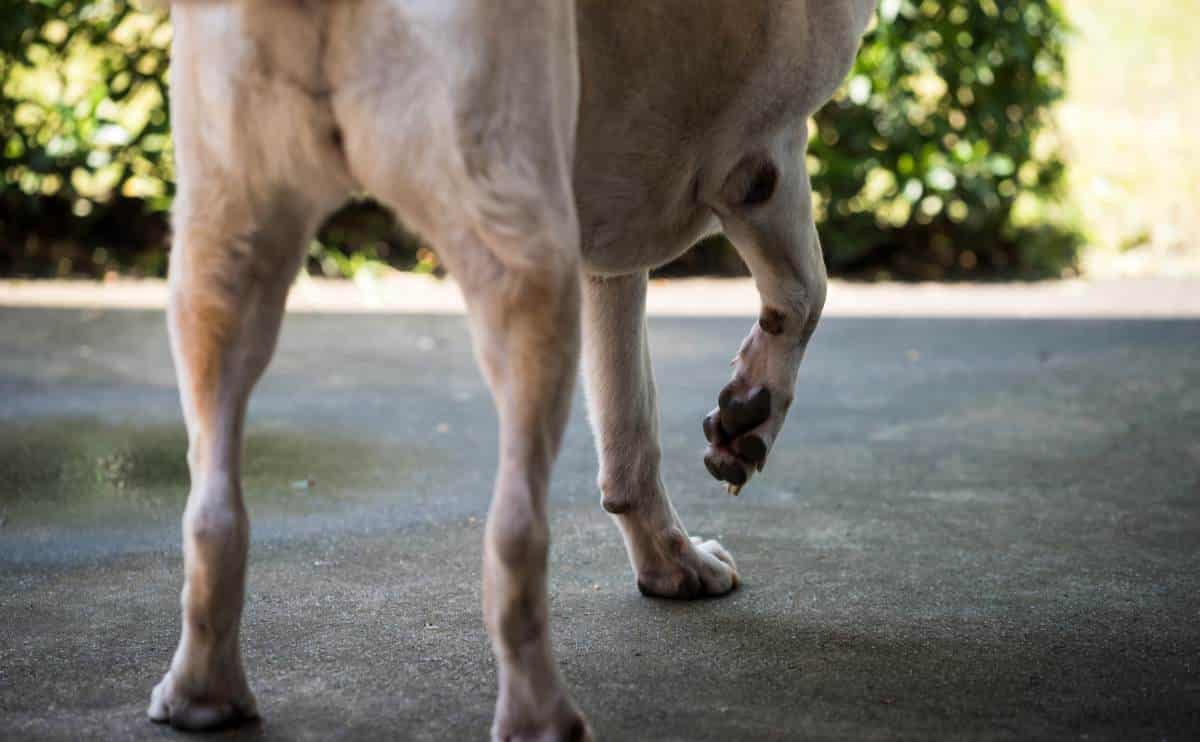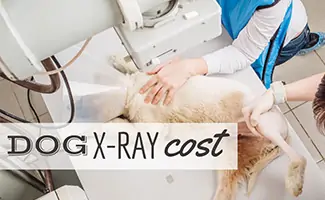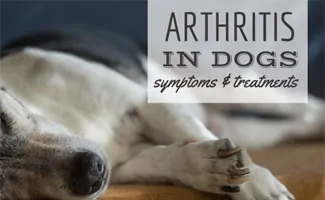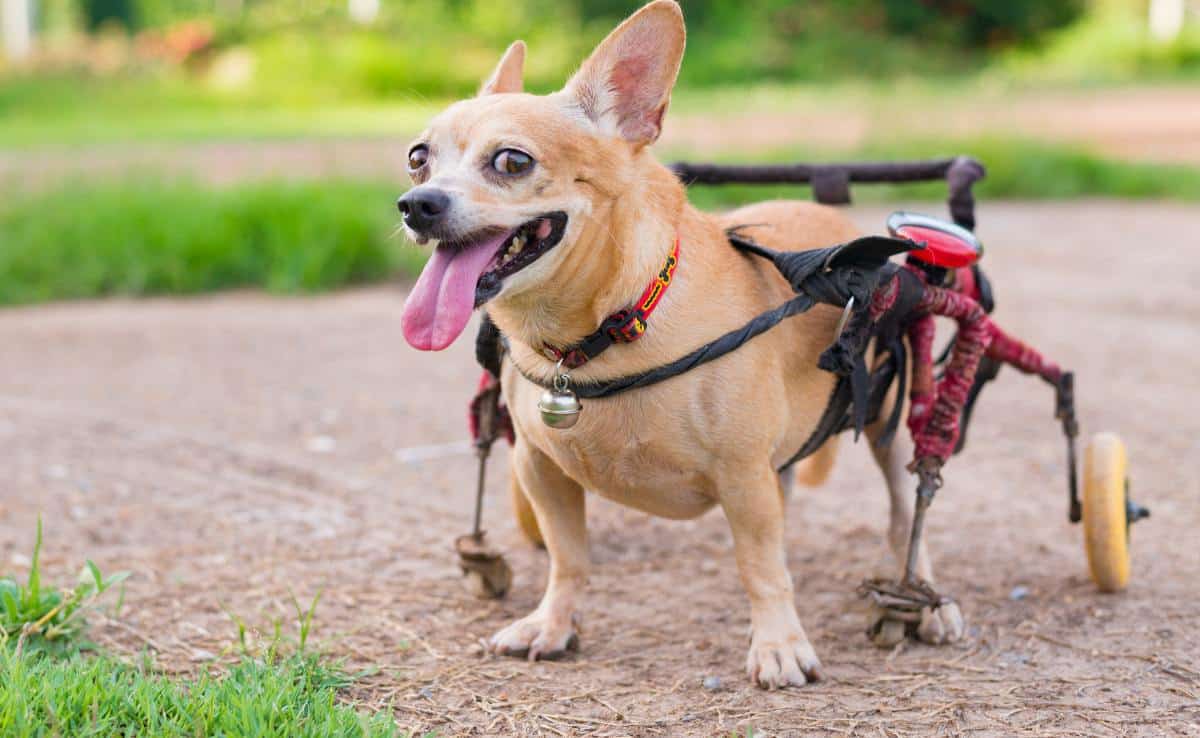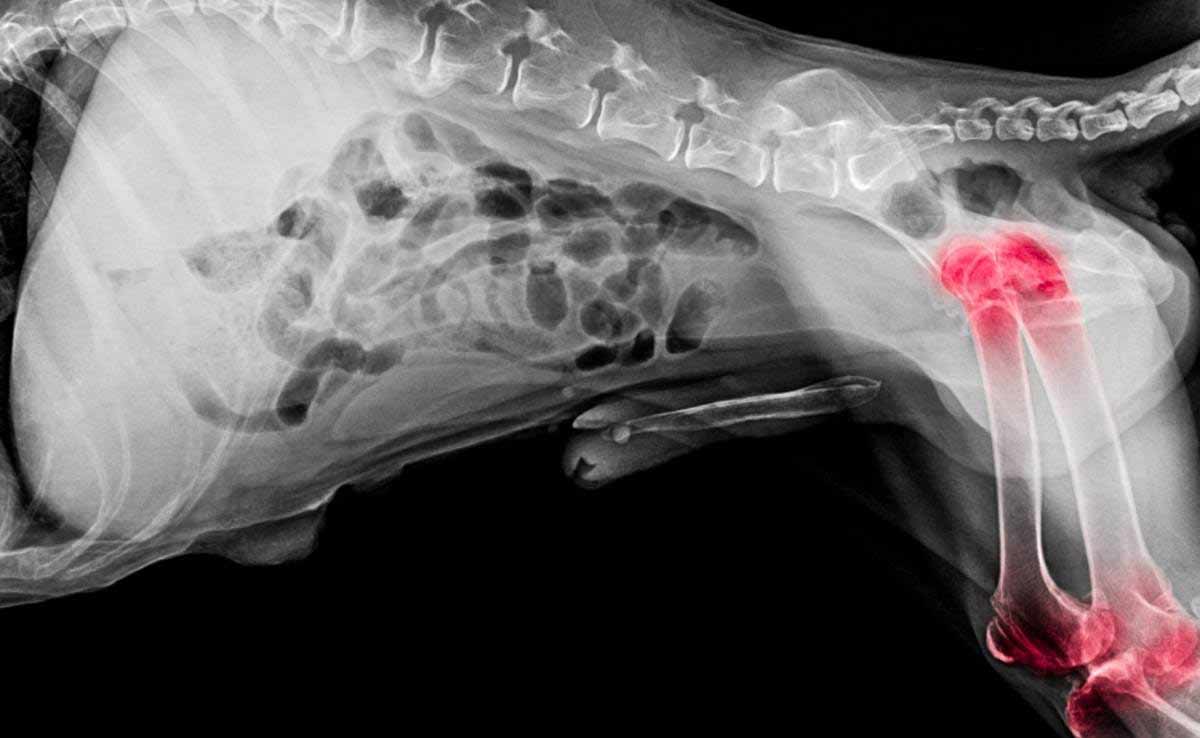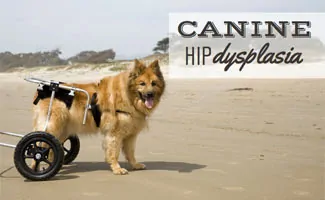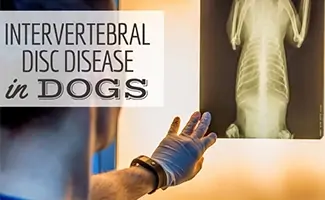Dog Limping: Causes, Veterinary And At-Home Treatment & More
Has your dog started limping, but you don’t know why? Just like humans, dogs can begin limping for a wide variety of reasons. Although dog limping is pretty common, it’s still worrisome for pet parents because it means your pup is either injured or has an underlying health condition. I’ll give you some tips on how to tell why your dog is limping, when to see your veterinarian, and how you can help your pup at home.
Dog Limping: Causes, Veterinary And At-Home Treatment & More Read More »
